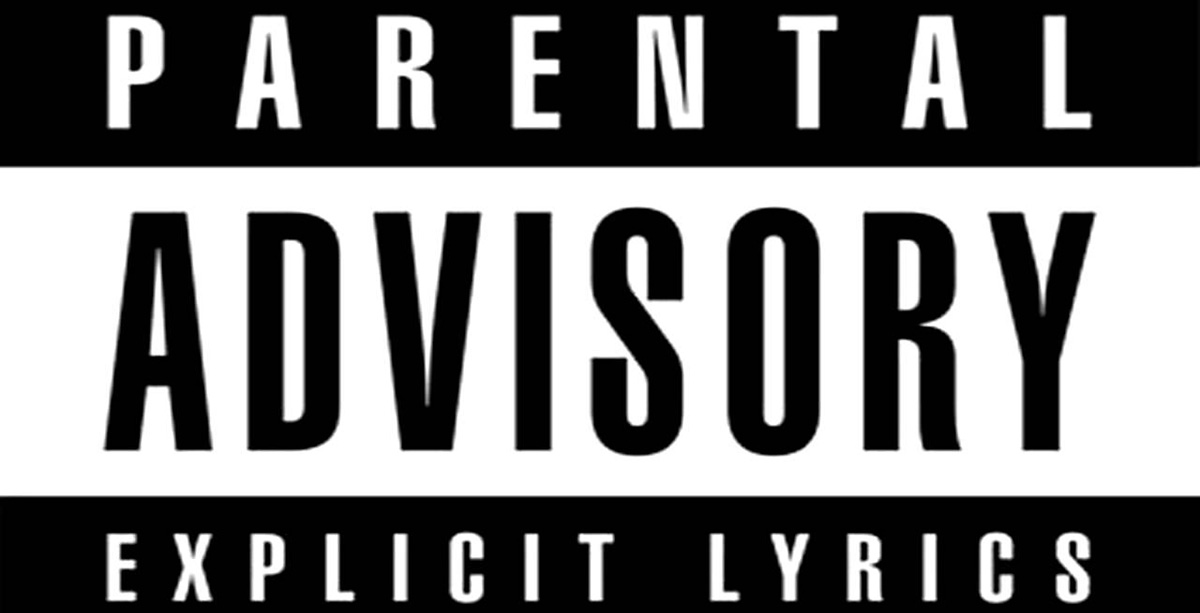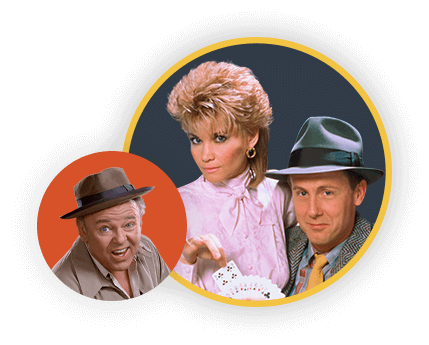5 surprising facts about Parental Advisory Labels

In 1985, a nonprofit foundation founded by Tipper Gore, Susan Baker, Pam Howar and Sally Nevius began making strides to warn parents about what kind of content is in the music their children were listening to. Spurred by Gore’s shock when she heard her daughter listening to “Darling Nikki” by Prince, the Parents Music Resource Center (PMRC) sparked debates about censorship in the music industry.
Though the rise of streaming and downloading has made Parental Advisory Labels fairly obsolete in this day and age, they were pretty controversial back in their day.
Here’s what you may have never known about these little black and white stickers.

“Parental advisory” stickers aren’t actually mandatory
Since what’s considered “explicit” is fairly subjective, it’s difficult to nail down exactly what it is that makes an album worthy of parental permission to purchase. The Recording Industry Association of America’s website states, “Individual record companies and artists decide which of their releases should receive a 'PAL Notice' indicating that the release contains explicit content.”
Since some stores can refuse to sell albums with the PAL notice on them, many artists opt out of participating in the label altogether, making it difficult for parents to actually know what’s on an album their child is buying.
Image: Giphy

There are a few factors that are taken into account
What determines whether an album deserved a PAL notice is content like strong language, depictions of violence or substance abuse, occult themes, and sexual content. Like mentioned above though, unlike motion picture ratings, there are no hard and fast rules about how much is too much.
Image: Giphy

The sticker wasn’t the first measure
If the PMRC had its way, there would be far harsher warnings of explicit content on albums. According to NPR, it originally wanted the specific explicit lyrics printed on the album cover, inappropriate records to be housed behind the counter with the explicit magazines, and for labels to reassess their contracts with controversial musicians.
Image: Giphy

At first, they tried to rate songs
Like movies, the PMRC thought songs should have ratings that told parents exactly what questionable material was on the records their kids were listening to. The first – and only – wave of rated songs was dubbed “The Filthy Fifteen” and featured pop songs like Madonna’s “Dress You Up” and “She Bop” by Cyndi Lauper, as well as heavy metal jams like “Eat Me Alive” by Judas Priest and “High n’ Dry” by Def Leppard
Image: Giphy

Musicians were not happy about these labels
Dee Snider, Frank Zappa and John Denver were three musicians who spoke out against these labels in United States Senate hearings. According to TIME, Zappa said fixing these labels to records is like “treating dandruff by decapitation.”
Image: Giphy




